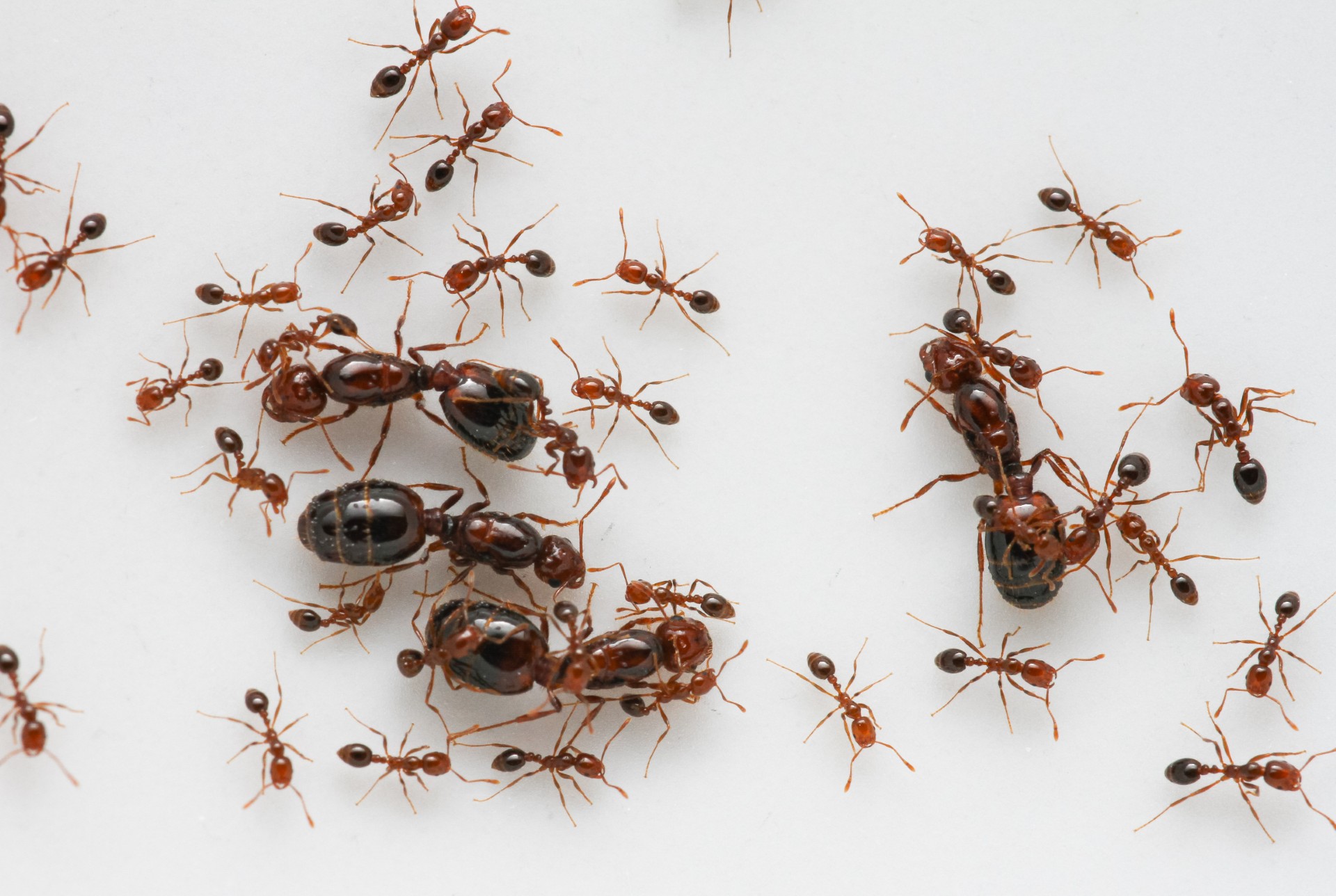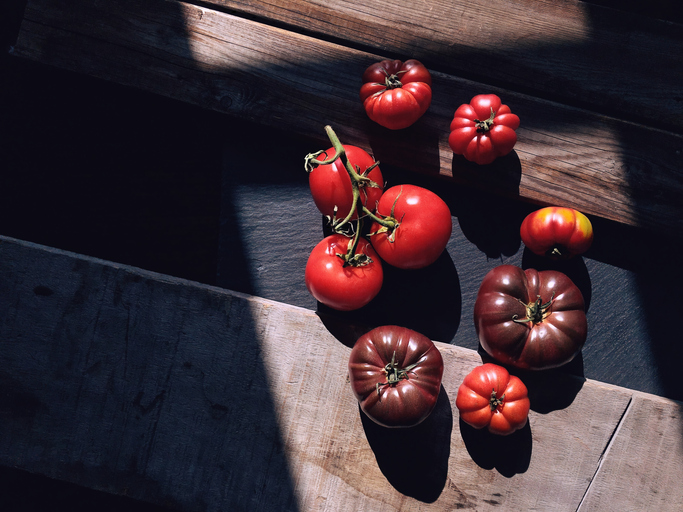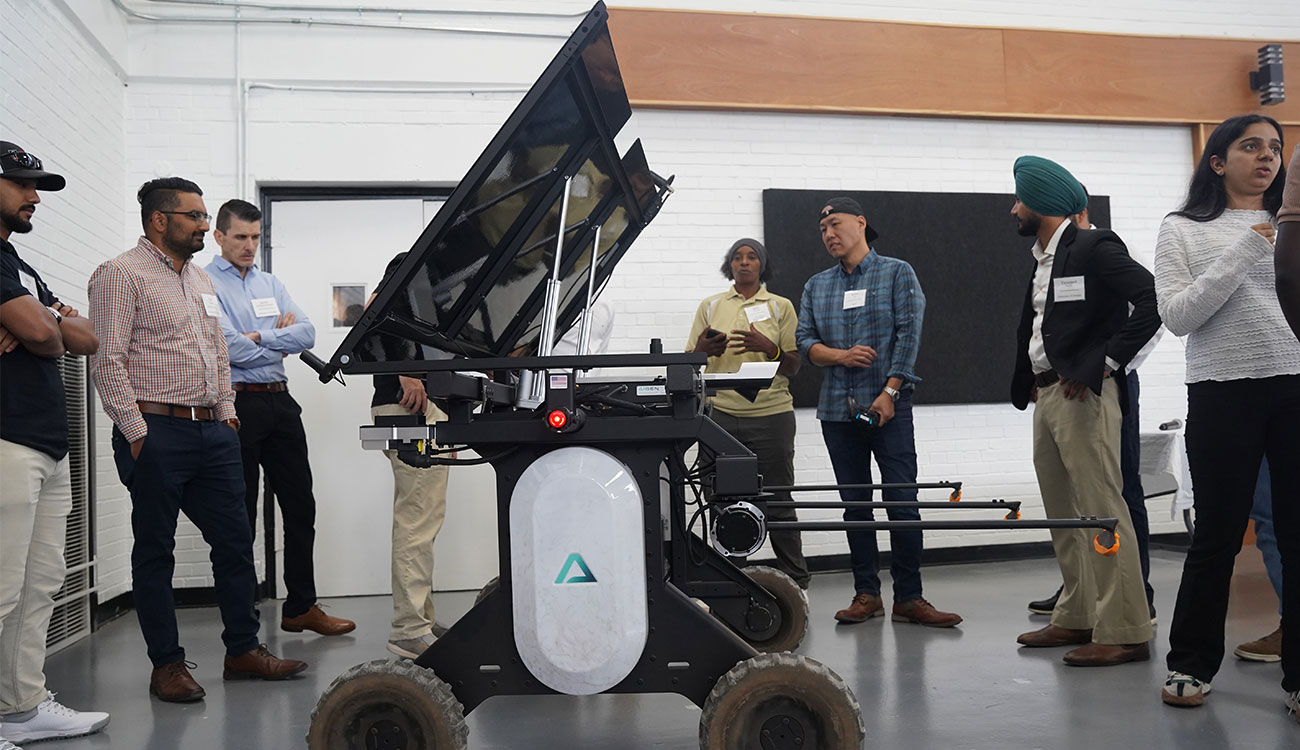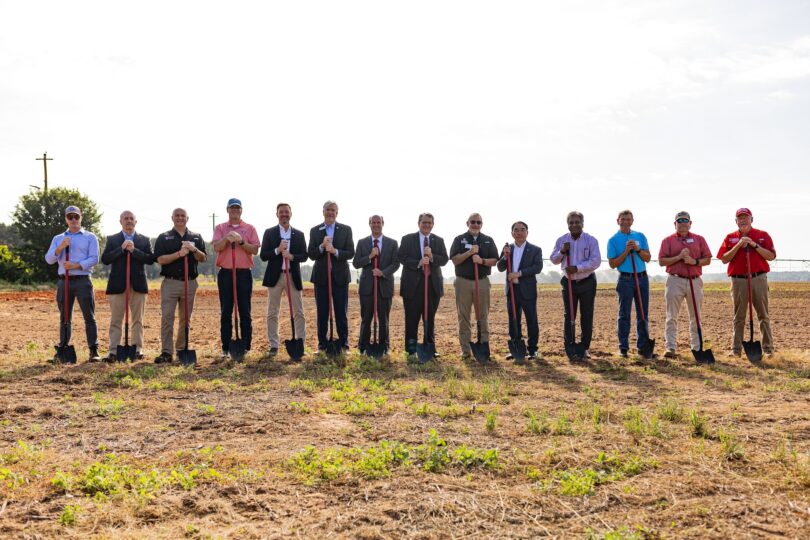Wild radish may sound like a variety food in a rabbit's diet, but it's a real pain in Georgia wheat fields.
"We're seeing wild radish as the No. 1 problem in small grains this year," said Greg MacDonald, a weed specialist with the University of Georgia Extension Service.
Wild radish can infest all of the small grains grown in Georgia, the most important of which, by far, is wheat.
The pesky weed reseeds itself year after year, and its seeds are tough, so farmers must be persistent to control it.
This low-growing member of the cabbage family steals water and nutrients from young grains. If the grain can't get these vital things, MacDonald said, it won't mature properly.
"It's essential that the wheat get the water and micronutrients it needs now," he said, "to become strong enough to support a mature grain kernel."
Wild radish can hurt at harvest, too, both by interfering with equipment and by being harvested with the grain, which can lower the crop's quality grade and, as a result, the price the farmer gets for it.
MacDonald said farmers must act quickly to control wild radish. They have only a brief time to spray effective, legal herbicides.
"Most of the chemical herbicides that are effective on wild radish can damage wheat, especially, if they're applied during an improper growth stage of the grain," he said.
A wheat plant emerges with a main stem and then secondary stems, or tillers, all of which can produce seed heads which provide the plant's yield of grain.
Farmers can safely apply phenoxy herbicides, MacDonald said, when wheat is between three-tiller and full-tiller stages.
Applying before that can stunt the crop's growth or reduce tiller numbers. Applying after the full-tiller stage can cause seed heads to be malformed.
The good news is that wild radish plants are usually still small at that stage of the wheat plants' growth, so herbicides can still easily kill them.
Later, not only do growers risk damaging grain heads, but larger radish plants are much hardier.
"Once that radish plant bolts and sends up a flower head, it's extremely hard to control," MacDonald said.
Many grain fields need nitrogen at this midseason growth stage, too. So growers can mix their liquid nitrogen and herbicide and do both jobs at once.
"The timing for both of those has to be just right, though," MacDonald said. "It's a rather delicate timing factor."
Other herbicides, called sulfonylureas, effectively control wild radish and can be applied over a much longer time. But these products cost slightly more than phenoxy types, and they may be less effective on other weeds.
Growers must decide between these two types of herbicides based on the growth stage of their grain, the size and number of wild radish and other weed plants and the relative cost, MacDonald said.
Whichever they use, two factors are key: "Identify the weed early," he said, "and apply effective herbicides when grain plants will be least damaged."






